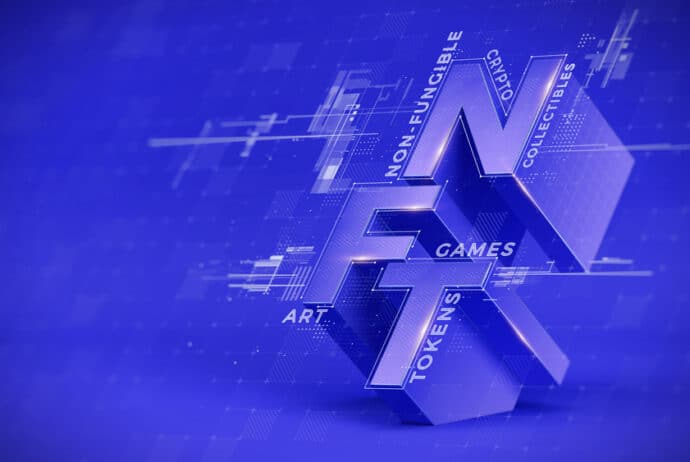Unlocking the digital art realm is like stepping into uncharted territory. However, it can be an exciting expedition of artistic evolution and potential profit. This guide will help you navigate the world of Non-Fungible Tokens (NFTs), transforming your physical art into valuable digital assets.
Decoding the NFT Phenomenon
At the heart of the NFT revolution is a fundamental shift in ownership. Unlike Bitcoin or other fungible cryptocurrencies, NFTs are unique digital assets. They exist on a secure, distributed ledger that authenticates and confirms the ownership of each digital asset. From art and music to anything genuinely original, NFTs have transformed how we perceive value in the digital world.

CypherMindHQ.com Artificial Intelligence Crypto Trading System - Surpass the competition with this cutting-edge AI system! Utilize the prowess of innovative algorithms and amplify your crypto trading strategies with CypherMindHQ. Learn more today!
Moreover, trading NFTs for cryptocurrency on dedicated platforms has opened up possibilities. Hence, we’re seeing an entirely new ecosystem, an intersection where art, blockchain, and cryptocurrencies coexist.
Crypto Art – The New Creative Playground
Delving deeper into this realm, we discover ‘crypto art.’ Digital creations like paintings, animations, movies, and even virtual reality experiences now find validation in blockchain technology. The work is usually created on software like Adobe Photoshop or Blender, and the end result is displayed on screens, projectors, or digital frames enabled for NFTs.
What sets crypto art apart is the monetization model. Artists now stand to profit from their work through NFT sales, ensuring ongoing royalties with each resale. Besides, the internet expands the reach of these artists, enabling them to showcase and sell their work across global virtual mediums.
The Art of Creating NFTs
Transforming a physical artwork into an NFT is a simple yet powerful process. The journey begins with a spark of creativity. Artists craft unique pieces using applications like Adobe Illustrator, Photoshop, Blender, or Cinema 4D. Once the artwork is ready, it’s ‘minted’ into an NFT by registering it on a blockchain network, typically Ethereum.
However, the journey doesn’t end there. Artists must then list their NFTs on a marketplace, ready to amaze and attract art collectors worldwide.
Selling NFT Art – A Tactical Approach

CypherMindHQ.com Artificial Intelligence Crypto Trading System - Outpace the competition with this high-end AI system! Leverage the capabilities of progressive algorithms and enhance your crypto trading performance with CypherMindHQ. Learn more today!
Knowing how to sell your NFT art effectively is as critical as creating it. Firstly, identifying the right marketplace is essential. Platforms like OpenSea, SuperRare, and Nifty Gateway cater to different audiences and offer varied opportunities. Creating an account and verifying your identity is the first step on these platforms.
Next, artists upload their NFT art, ensuring they include a captivating description highlighting its unique value. Pricing the NFT requires careful consideration of market trends and the valuation of similar art pieces. Finally, patience is key. While waiting for the right buyer, artists should use social media and other channels to promote their work and attract potential buyers.
The Benefits of Venturing into NFT Art
Embarking on the NFT art journey has distinct advantages. Firstly, artists retain full ownership and control over their creations while profiting from them. Moreover, the NFT model overcomes the digital world’s barriers, ensuring authenticity and ownership.
Additionally, artists can earn a steady stream of income through resale royalties. And with no intermediaries, artists can directly interact with a global audience, opening up brand-building opportunities. Significantly, the creative boundaries have expanded, fostering unprecedented innovation in digital art.
Conclusion
The opportunities seem boundless as we navigate the new frontier of NFT art. Artists can transform their physical art into digital assets, maintaining ownership, certifying authenticity, and generating revenue from future sales.
Unlike traditional art markets, NFTs offer exceptional transparency and security, carving out opportunities for established and emerging artists. Thus, we stand on the cusp of a creative revolution driven by the power of NFTs.



